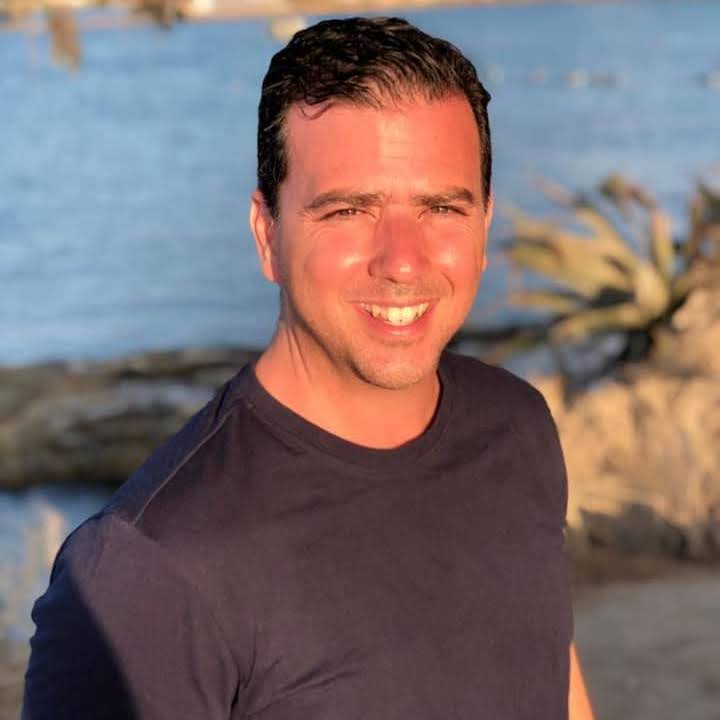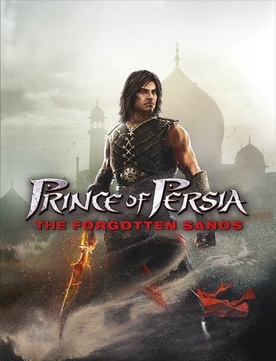From the projects I’ve worked on at Champlain, it’s become clear that game development is hard work. In considering your respective role in the games development, you have to manage your time wisely in order to properly get things done and not burn yourself out. That’s why I found it so interesting that the professors of the Game Development classes we have at Montreal balance teaching with their current jobs at game studios. One faculty member in Montreal, Rodolphe Recca, has returned to teaching after several years of hiatus while working in the gaming industry. Wanting to find out more about what he does, I reached out with some questions.

Q- What prompted you to become part of the gaming industry?
A- Like many of us, when I was a kid, I was a huge player and I was lucky enough to have a computer CPC6128 (pretty old) and the Atari Console. I studied art and animation at Les Gobelins, one of the most famous schools in France for animation, and I graduated from their first class in 3D animation in 1997. I was not expecting to work in video games but I got lucky to meet a friend who was looking for a concept for a video game. I pitched an idea and while I was at Les Gobelins, I was also looking for an internship that would allow me to get into the industry. I started as an artist and 3D animator. As the industry became more mature, video games became bigger. Since I was close to gameplay thanks to my animation skills and deep knowledge of video games, I started becoming a game designer.
Q- What studios have you been a part of and what games have you worked on? Describe your roles.
A- In France, I started in 1997 and I worked for Carapace, an indie studio who was doing sport games like Roland Garros and Power Spike, a beach volleyball game for the famous publisher Infogrames. On those projects, I was a 3D Artist and became Lead Artist and lead Animator. After, I had the chance to move to Delphine Software and it was my first real experience in Game Design on the franchise Moto Racer, one of the best moto games at that time on PC. I was in charge of different gameplay like the Cross, Freestyle and Trial Disciplines, their rules and controls as well as the level design and their camera system.
I moved to Canada in 2005, where I joined Behaviour (at this time, they were named Artificial Mind and Movement.) I became lead game designer on some renown IPs such as Indiana Jones, Kung Fu Panda, Zack & Cody as well as working on different pitches to get some contracts for them.
Ubisoft contacted me to work on one of my favorite IPs back in the days, Prince of Persia, to become their game director on the Forgotten Sand. There I established the main mechanic of Time manipulation to solidify liquid to use as platforming ingredients, putting in place the combat mechanics and powers of the Prince.

After Ubisoft, in 2010, I joined Beenox Activision (in Quebec City) to become the game director of The Amazing Spider-Man where I set the main gameplay loop, designed the 3C of the principal mechanics such as combat and the web rush, a new ability that allowed you to move quickly and reach with precision your target, as well as mentoring the design team.
In 2012 I was back in Montreal and joined THQ Montreal that was then bought by Ubisoft, so I got back to Ubisoft and worked on Far Cry 4, Far Cry 5, Far Cry New Dawn, Watch Dogs Legion, Might & Magic Showdown as Chief project Game Design and Game director.
In 2020, I explored the new trend of web3 gaming and metaverse by joining The Sandbox as their creative director to help them build their Game Maker tool and establish their vision of the Metaverse.
Finally, in 2024, I joined Reflector Bandai Namco as their game director and I can’t tell you more about it for non-disclosure agreement reasons.
Q- How did you come across Champlain and its courses?
A- I knew Genevieve Lord from Artificial Mind Movement when we both worked on Indiana Jones. She contacted me to see if I was interested in teaching Advanced Game Design the first time I worked with Champlain. I really enjoyed the experience.
Q- How has the teaching experience been so far compared to what you were expecting? Have there been any differences?
A- The experience was exciting and challenging. In class, there might be several teams with different projects and as a teacher, you have to help the students grow by asking them the right questions for their projects so they can improve thanks to the active learning method. Instead of giving them the answer, I like to ask them questions to make them think out of the box and push their limits. I find this method, with a mix of theory, to be a good way to keep the attention and make the students remember what is important.
Q- What do you look forward to most this semester?
A- I look forward to providing enough knowledge and strong foundations in the production course so as to make the students efficient and autonomous, and make them ready for Capstone. Also, making sure that they have fun building their own prototype and that they are pleased to present it in the end.
